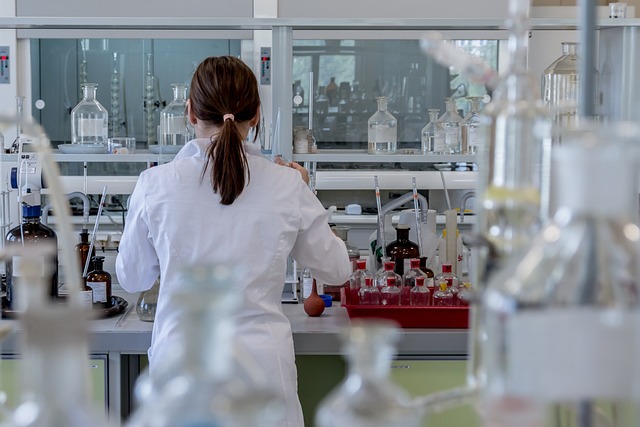With the continuous improvement of people’s living standards, the plastics industry is also developing continuously. The market has put forward higher requirements for the performance of plastic products. The plastic processing industry prefers to use various convenient functional masterbatches to reduce raw material and processing costs and improve production efficiency. It can enhance the different properties of plastic products. This in turn meets diverse market needs.
Functional masterbatch refers to concentrated forms of various plastic additives. They are difficult to disperse directly. Inefficient if added as is. Therefore they are usually introduced in the form of masterbatch.
Introduction to Several Common Types of Functional Masterbatch:
1. Cooling Masterbatch
Primarily used for PP, it can reduce temperatures by approximately 30-50 degrees.
2. Filler Masterbatch
Besides calcium carbonate, fillers used in plastic products include talcum powder, silica, graphite, kaolin, mica, and other inorganic mineral materials. These fillers find widespread use in PE, PP, PS, ABS, and other plastic products.
3. Foaming Masterbatch
Utilizes heat-absorbing closed-cell chemical nucleating agents, suitable for foam injection molding of thermoplastic plastics like PP, ABS, PS, PE.
4. Moisture Absorption and Defoaming Masterbatch
Mainly used to remove moisture and unknown low-molecular-weight volatiles from plastics. Products are free of splashes and bubbles. Thus product quality is guaranteed while reducing the drying process.

5. Antistatic Masterbatch
Composed of carriers and antistatic systems, it is used to lower the surface resistance of materials. It can prevent the adverse effects of static electricity on various industrial sectors and humans.
6. Antibacterial Masterbatch
Comprising a certain amount of antibacterial masterbatch mixed with corresponding resin particles, it can be used to manufacture plastic products and fibers with antibacterial effects (bactericidal and bacteriostatic).
7. Reinforcement Masterbatch
Enhances the strength of target materials. Modified materials can be widely used in manufacturing industries such as construction, machinery, electronics, appliances, automotive, transportation, daily necessities, and agriculture.
8. Brightening Masterbatch
Also known as a brightening agent, it aims to increase the brightness of products. The brightening agent is mainly ethylene bis-ceramide, with masterbatch usage typically ranging from 20% to 30% and product inclusion from 0.2% to 0.3%. Excessive use can affect printing results.
9. Flame Retardant Masterbatch
Mainly used for flame retardant modification, composed of flame retardant resin additives.
10. Weather-Resistant Masterbatch
Composed of light stabilizer resin additives.
In conclusion, functional masterbatches play a crucial role in meeting the ever-growing demands for improved plastic product performance. These masterbatches provide a versatile and convenient solution for the plastic processing industry. It contributes to cost reduction and increased efficiency. The production of high-quality plastic products that cater to diverse market requirements.




